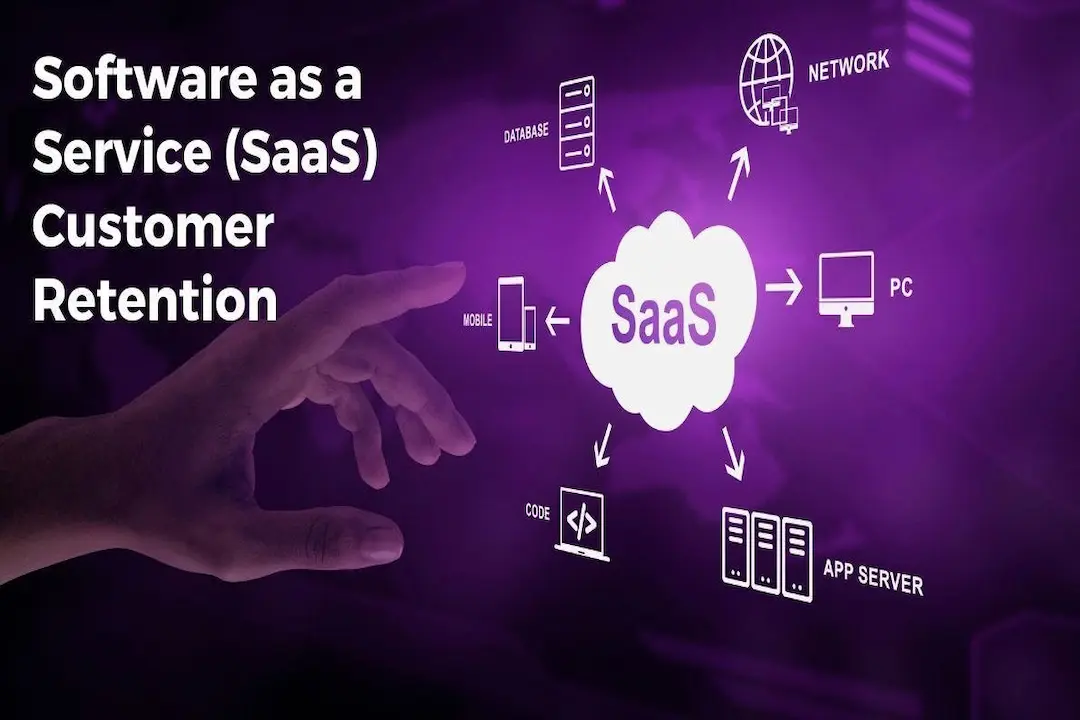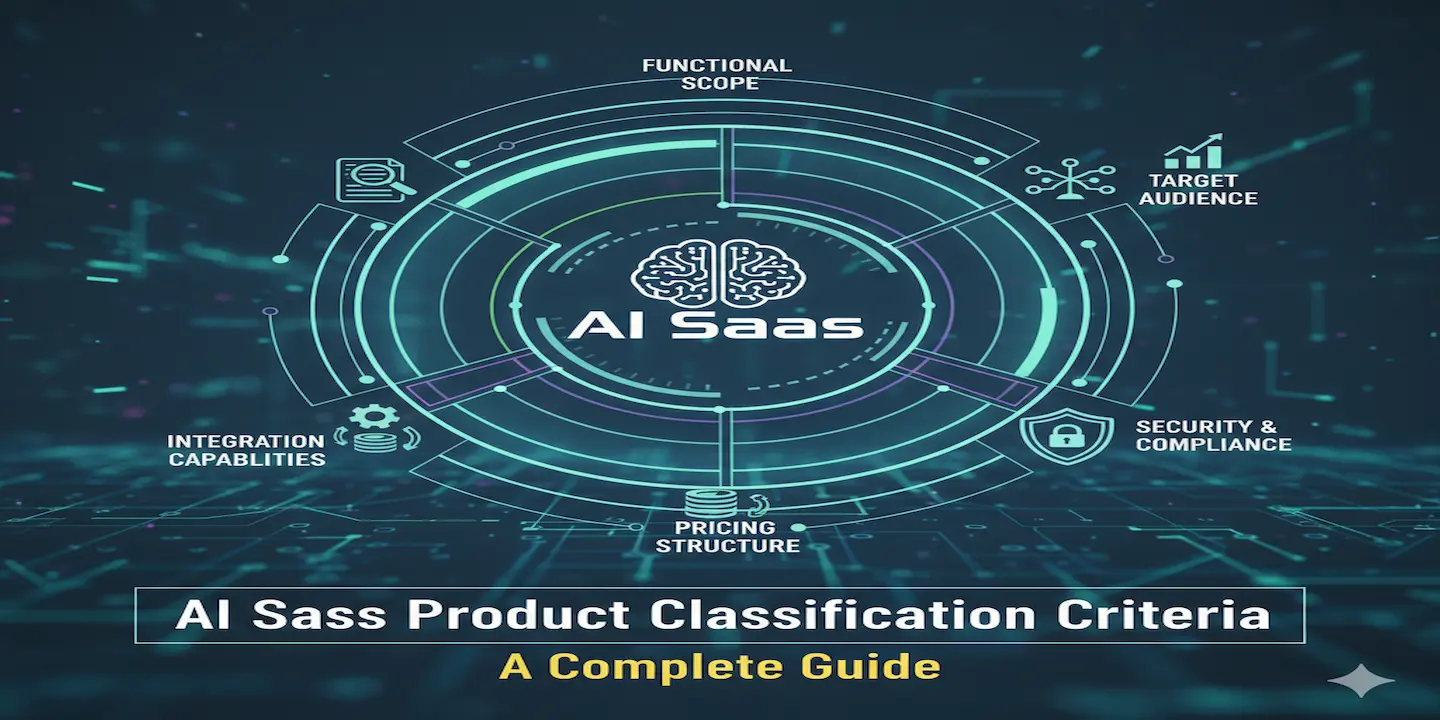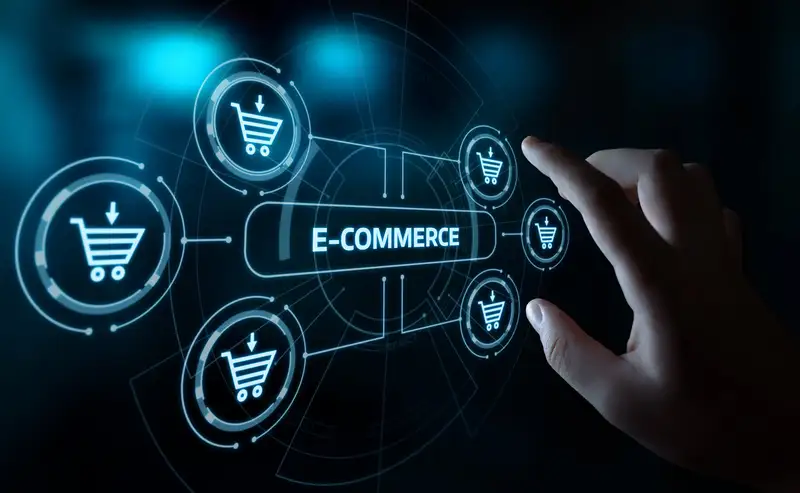
Table of Contents
Introduction
Are you finding customer retention a challenge within your business? In today’s incredibly competitive digital world, acquiring new customers can feel like an endless uphill battle. But what if the secret to lasting growth wasn’t just about attracting new faces, but about nurturing the loyal ones you already have? It’s a question many small business owners in the tech sector, marketing professionals, and enterprise IT decision-makers ponder daily.
AI is more than just a buzzword; it’s a game-changer, fundamentally altering how businesses connect with and keep their most valuable asset: customers. From predictive analytics anticipating churn to personalized communication fostering deeper engagement, AI is fast becoming essential for any business aiming to thrive. This article explores how AI is revolutionizing customer retention across SaaS, eCommerce, and subscription services, offering practical insights to help you build lasting customer relationships and outrank your rivals. After all, keeping an existing customer costs far less—up to five to seven times less, by some estimates—than acquiring a new one.
Understanding Customer Retention
Customer retention isn’t just a metric; it’s the very heartbeat of a sustainable business. It shows your ability to keep customers engaged and loyal over time, driving recurring revenue and fostering brand advocacy.
What is Customer Retention?
Customer retention refers to the activities and strategies companies utilize to prevent customers from churning. It’s about building long-term relationships, ensuring satisfaction, and maximizing each customer’s lifetime value. Think of it this way: acquiring a new customer is like finding a fresh seed for your garden, while customer retention involves watering and nurturing the plants already growing, ensuring they flourish and bear fruit year after year.
The financial impact of prioritizing retention over acquisition is profound. A mere 5% increase in customer retention can lead to a 25% to 95% increase in profits, depending on your industry. This staggering statistic highlights why retention isn’t simply a nice-to-have, but a strategic necessity. When customers stay longer, they not only generate more revenue but often become brand advocates, referring new business and reducing your overall marketing spend.
Current Trends in Customer Retention
Today’s customer is more discerning and informed than ever before. With countless options just a click away, loyalty is earned, not given. Current trends highlight both significant challenges and immense opportunities in retention:
- High Churn Rates: Many industries, particularly SaaS and subscription services, face significant churn. For instance, the average churn rate for SaaS companies can range from 3-8% monthly, posing a constant threat to their growth.
- Customer Experience (CX) as a Differentiator: 86% of buyers are willing to pay more for a great customer experience. This means personalized, seamless, and proactive interactions are no longer luxuries but clear expectations.
- The Personalization Imperative: Generic communications fall flat. Customers expect experiences tailored to their unique needs, preferences, and past interactions. Data shows that 71% of consumers feel frustrated when a shopping experience is impersonal.
This shift emphasizes the critical importance of personalization in retention strategies. Companies that successfully implement personalized experiences report significantly higher customer satisfaction and loyalty. The challenge lies in scaling this personalization across a vast customer base—a crucial challenge perfectly addressed by AI.
The Role of AI in Customer Retention
AI isn’t just automating tasks; it’s empowering businesses to understand, predict, and proactively engage with customers on an unprecedented level.
AI Technologies Transforming Customer Interaction
AI-driven tools are revolutionizing customer interactions, making them smarter, more efficient, and deeply personalized.
- Advanced CRM Systems: Modern CRM platforms, supercharged with AI, can analyze customer data, segment audiences, and predict future behavior. For example, Salesforce’s Einstein AI predicts customer churn risk and suggests optimal engagement strategies, helping sales and marketing teams focus their efforts where they’re most needed.
- Chatbots and Virtual Assistants: Beyond simple FAQs, AI-powered chatbots like those used by leading eCommerce brands provide instant, 24/7 support, answer complex queries, and even guide customers through purchasing decisions. This “AI-powered customer service” ensures prompt resolution, reducing frustration and improving satisfaction.
- Predictive Analytics: AI algorithms analyze vast datasets—purchase history, browsing behavior, support interactions—to identify patterns and predict future actions, such as a customer’s likelihood to churn. This allows businesses to intervene proactively with targeted offers or support.
- Recommendation Engines: Famously used by streaming services and online retailers, AI recommendation engines suggest products or content tailored to individual preferences, enhancing engagement and driving repeat purchases or subscriptions.
Case Study: Netflix
Netflix is a prime example of AI’s successful implementation. Their recommendation engine, powered by sophisticated AI, drives approximately 80% of content watched by users. By continuously learning individual viewing habits, it suggests relevant shows and movies, keeping subscribers engaged and significantly reducing churn. This personalized experience is a cornerstone of their retention strategy.
Cost-Effectiveness of AI in Retention
Investing in AI for customer retention isn’t just about improved customer satisfaction; it’s about significant cost savings and increased profitability.
- Reduced Support Costs: AI-driven chatbots and virtual assistants can handle a large volume of routine customer inquiries, freeing up human agents for more complex issues. This automation can cut customer service costs by up to 30%, while simultaneously improving response times.
- Lowered Churn, Higher LTV: By proactively identifying at-risk customers and personalizing interventions, AI directly combats churn. For example, a subscription service that reduces its churn rate by just 1% can see a substantial increase in its customer lifetime value (LTV).
- Optimized Marketing Spend: AI helps target marketing efforts more effectively by identifying high-value customers and tailoring campaigns. This leads to higher conversion rates on retention campaigns and a better return on investment.
Example: A Leading eCommerce Retailer
One prominent eCommerce company utilized AI to analyze browsing and purchase data. Their AI identified segments of customers who frequently abandoned carts but rarely returned. By deploying personalized email campaigns with targeted discounts within hours of abandonment, they saw a 15% increase in conversion rates for these previously lost customers, translating into millions in recovered revenue. This demonstrates the “generative AI in business” concept where AI generates insights and actions leading to tangible financial benefits.
Practical Applications of AI in Retention Strategies
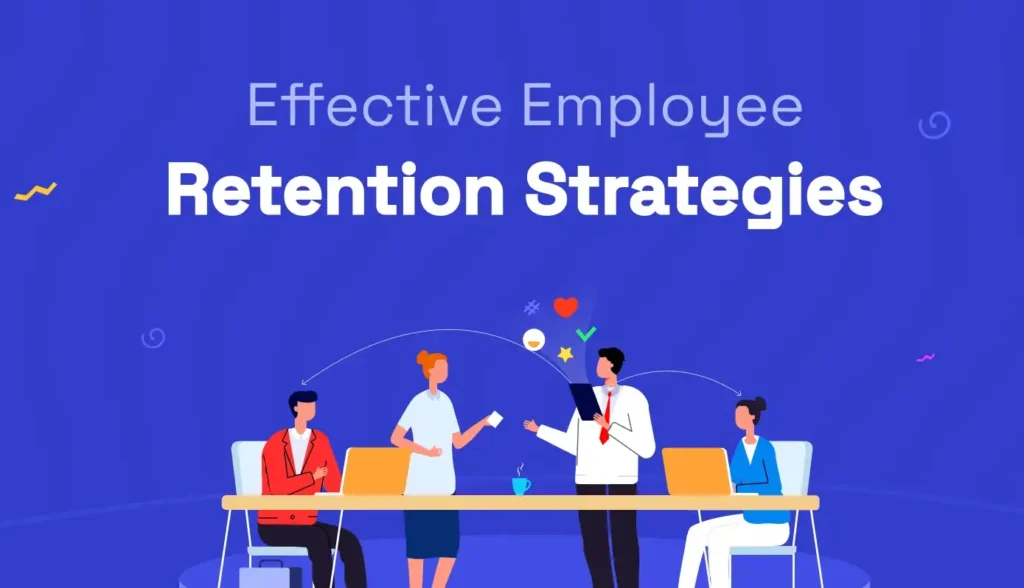
Moving beyond the theoretical, let’s explore how businesses can implement AI for tangible retention results.
Automating Customer Outreach
Automated, personalized outreach is a cornerstone of modern retention. AI makes this not only possible but highly effective.
Tools and Processes:
- Marketing Automation Platforms (MAPs): Tools like HubSpot, Marketo, and Customer.io integrate AI to trigger personalized emails, in-app messages, and push notifications based on customer behavior.
- CRM Integration: Ensure your CRM is deeply integrated with your automation tools to provide a unified view of the customer journey, enabling “AI agent workflow” where systems work in concert.
- AI-Powered Personalization Engines: These engines dynamically tailor content, offers, and even website layouts for individual users.
Steps to Implement Personalized Automated Journeys:
- Define Customer Segments: Use AI to analyze demographics, behaviors, and preferences to create highly specific customer segments.
- Map Customer Journeys: Identify key touchpoints and potential churn points in the customer lifecycle (onboarding, feature adoption, renewal, etc.).
- Design Automated Workflows: Create conditional logic for communications. For instance, if a SaaS user hasn’t logged in for three days, trigger an email highlighting a useful feature. If an eCommerce customer hasn’t purchased in 60 days, send a personalized recommendation with a loyalty discount.
- A/B Test and Optimize: Continuously test different messages, timings, and offers to refine your automation strategies for maximum impact.
Building Unified Data Platforms
The true power of AI in retention comes from its ability to process and derive insights from vast, disparate datasets. A unified data platform is essential.
How Unified Data Enhances Customer Insights:
Imagine having all your customer interactions—from support tickets to purchase history, website visits, email opens, and social media engagements—in one place. A unified data platform, often built around a Customer Data Platform (CDP), aggregates this information. AI can then analyze this holistic view to:
- Identify complex behavior patterns: Uncover subtle signals indicating satisfaction, frustration, or churn risk that a human might miss.
- Create dynamic customer profiles: Continuously update profiles with real-time data, ensuring personalization is always relevant.
- Pinpoint moments of truth: Identify critical junctures in the customer journey where intervention can significantly impact retention.
Examples of Data-Driven Personalized Engagement Strategies:
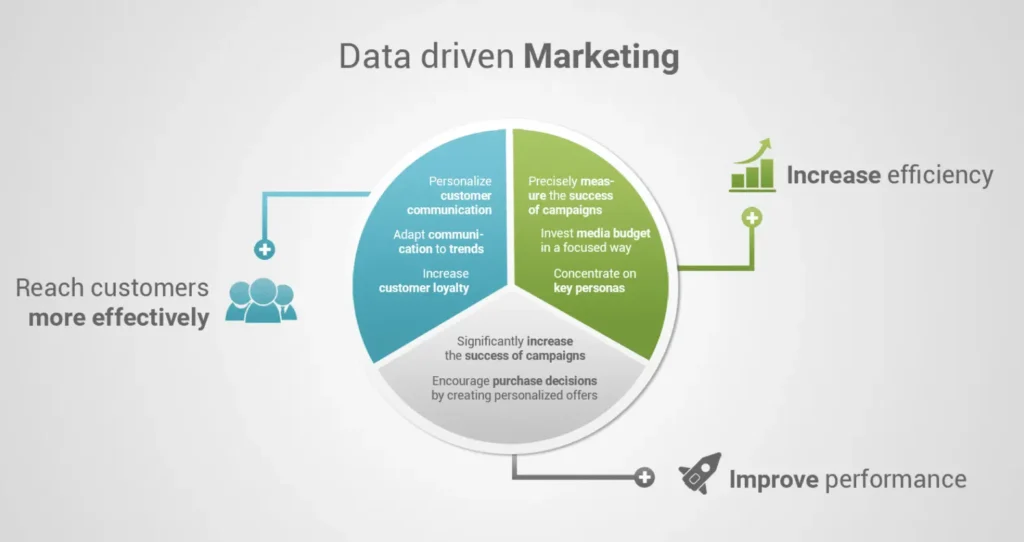
- Proactive Support: If AI detects a user repeatedly encountering an error in a SaaS product, it can automatically trigger a personalized message from a support agent or an in-app tutorial addressing the issue before the customer even complains.
- Contextual Offers: For an eCommerce customer browsing winter coats, AI can instantly cross-reference their past purchases (e.g., they bought a hat last year) and offer a personalized discount on gloves that match.
- Personalized Content Curation: Subscription services can use AI to curate unique content feeds based on viewing habits, even suggesting content from newly added categories that align with their inferred interests.
| Retention Strategy | AI Application | Expected Outcome |
| Onboarding | AI-guided tutorials, personalized feature highlights | Faster time-to-value, reduced early churn |
| Engagement | Predictive analytics for churn, personalized content/product recommendations, automated sentiment analysis | Increased active users, higher LTV |
| Support | AI chatbots, intelligent routing, proactive issue detection | Faster resolution, improved satisfaction, reduced support costs |
| Feedback | Sentiment analysis of reviews, automated survey deployment | Deeper understanding of customer needs, improved product/service |
Case Studies and Success Stories
Real-world examples powerfully illustrate the transformative potential of AI in customer retention.
SaaS Companies Leveraging AI
SaaS businesses thrive on recurring revenue, making retention paramount.
Case Study: HubSpot
HubSpot, a leading CRM and marketing platform, leverages AI extensively in its platform to help customers with their retention efforts. Their AI-powered features include intelligent lead scoring, predictive analytics for sales forecasting, and personalized content recommendations for their users. By providing these AI tools to their customers, HubSpot not only enhances its own product value but also sets an example of how AI can drive customer success and, by extension, customer retention for SaaS businesses.
ECommerce Innovations with AI
The fast-paced eCommerce world benefits immensely from AI’s ability to personalize at scale.
Case Study: Stitch Fix
While primarily a styling service, Stitch Fix’s model is inherently eCommerce and subscription-based, heavily reliant on retention. They use a powerful blend of human stylists and AI algorithms to personalize clothing recommendations. Their AI analyzes style preferences, purchase history, returns, and even social media data. This deep personalization leads to highly satisfied customers and a strong retention rate, as users consistently receive items they love, fostering immense loyalty. This shows how “AI powered customer service” can extend beyond traditional support to personalized product delivery.
Subscription Services Reaping Rewards
From streaming to software, subscription services are built on continuous value, and AI ensures that value is always relevant.
Case Study: Spotify
Spotify’s “Discover Weekly” and other AI-curated playlists are legendary for their ability to introduce users to new music they love. By analyzing listening habits, skips, likes, and even the time of day users listen to certain genres, their AI creates highly personalized experiences. This continuous discovery of new, relevant content is a major driver of engagement and a critical factor in their impressive subscriber retention rates, showcasing how “AI application” directly enhances user experience and loyalty.
Implications for Businesses
The integration of AI into customer retention strategies has far-reaching implications, extending beyond mere metrics to shape the very fabric of business operations and market standing.
Efficiency through Automation
For small business owners and enterprise IT decision-makers alike, the promise of efficiency through automation is incredibly appealing. AI streamlines countless retention-related tasks:
- Automated Customer Support: AI chatbots and virtual assistants handle a significant portion of routine inquiries, allowing human agents to focus on complex, high-value interactions. This not only reduces operational costs but also improves response times and customer satisfaction.
- Proactive Problem Solving: AI can monitor service usage, detect potential issues before they become critical, and even initiate automated solutions or alert support teams. Imagine an AI detecting a slight dip in performance for a specific user segment in a SaaS product and automatically sending them a guide to optimize their settings.
- Personalized Campaign Management: AI automates the segmentation of audiences and the deployment of hyper-personalized marketing campaigns for retention, ensuring the right message reaches the right customer at the right time, without manual intervention.
This level of automation frees up valuable human resources, allowing teams to focus on strategic initiatives, innovation, and truly complex customer needs, rather than repetitive tasks.
Differentiation in Competitive Markets
In a crowded market, providing an exceptional customer experience is no longer a luxury but a necessity for differentiation. AI empowers businesses to stand out.
- Hyper-Personalized Experiences: While many companies claim personalization, AI allows for a level of individual tailoring that manual efforts simply cannot match. From product recommendations to customized onboarding flows and even the tone of automated communications, AI creates a unique experience for every customer.
- Predictive Customer Service: By anticipating customer needs and problems, businesses can offer proactive support, turning potential frustrations into moments of delight. This “wow” factor builds immense loyalty and sets a business apart from competitors who only react to issues.
- Seamless, Omnichannel Journeys: AI helps unify customer data across all touchpoints—website, app, social media, email, call center—ensuring a consistent and seamless experience no matter how or where a customer chooses to interact. This consistency builds trust and reduces friction.
Table: AI-Driven Differentiation in Action
| Business Type | Traditional Retention Approach | AI-Enhanced Differentiation |
| SaaS | Generic feature updates, reactive support | Predictive churn alerts, personalized onboarding paths, AI-guided feature adoption |
| eCommerce | Basic email blasts, generic product recommendations | Dynamic website personalization, predictive purchasing suggestions, AI-powered virtual try-ons |
| Subscription Services | Standard content library, blanket promotions | Hyper-curated content feeds, personalized upsell offers, proactive engagement for at-risk users |
By harnessing AI, businesses can not only meet but exceed customer expectations, forging deeper connections and establishing themselves as thought leaders who truly understand and cater to their audience.
Conclusion
The journey of customer retention, once a mix of intuition and broad-stroke strategies, has been profoundly reshaped by the intelligence and precision of Artificial Intelligence. For small business owners navigating the tech sector, marketing professionals striving for deeper engagement, and enterprise IT decision-makers focused on sustainable growth, AI is no longer a futuristic concept—it’s a present-day necessity. It’s the engine that powers hyper-personalization, the compass that guides proactive support, and the architect of enduring customer relationships across SaaS, eCommerce, and subscription services.
By embracing AI, businesses can not only reduce costly churn and boost lifetime value but also cultivate a loyal customer base that champions their brand. The future of business isn’t just about acquiring customers; it’s about intelligently nurturing every single one.
Have you integrated AI into your customer retention strategies? Share your experiences, challenges, and successes in the comments below! For more insights into leveraging cutting-edge technology for business growth, subscribe to our newsletter and join our community of forward-thinking professionals.
Want to strengthen your customer retention strategy with AI? At Webologists, we help SaaS, eCommerce, and subscription-based businesses use AI to reduce churn, boost engagement, and build lasting loyalty. Let’s turn your data into smarter decisions and loyal customers.
FAQs
-
What are the primary benefits of using AI in customer retention?
The primary benefits are multifaceted:
Increased Customer Lifetime Value (LTV): By reducing churn and increasing engagement, AI directly contributes to customers staying longer and spending more over time.
Enhanced Customer Experience (CX): AI enables hyper-personalization, proactive support, and seamless interactions, leading to higher satisfaction and loyalty.
Cost Efficiency: Automating tasks like customer support and targeted outreach significantly reduces operational costs and optimizes marketing spend.
Data-Driven Insights: AI uncovers hidden patterns and predictions from vast datasets, empowering businesses with actionable intelligence to make better decisions.
Competitive Advantage: Businesses leveraging AI can offer superior, more personalized experiences, differentiating themselves in crowded markets.
-
How can small businesses implement AI solutions?
Small businesses often think AI is only for large enterprises, but scalable solutions are increasingly accessible:
Start Small, Focus on a Pain Point: Begin by implementing AI to solve a specific, pressing retention challenge, such as automating initial customer support queries or personalizing email campaigns.
Leverage Existing Platforms: Many popular CRM, marketing automation, and eCommerce platforms (e.g., Shopify, HubSpot, Zendesk) now have built-in AI features. Maximize these tools.
Explore AI-as-a-Service (AIaaS): Cloud providers offer readily available AI services (e.g., sentiment analysis, recommendation engines) that can be integrated without extensive in-house development.
Consider No-Code/Low-Code AI Tools: These platforms allow non-developers to build and deploy AI solutions with minimal coding, democratizing access to AI.
Pilot Programs: Run small-scale pilot programs to test AI solutions and measure their impact before scaling up.
-
What metrics should businesses track to measure retention success?
To truly understand the impact of your retention strategies, track these key metrics:
Customer Churn Rate: The percentage of customers who stop using your service or product over a given period.
Customer Lifetime Value (LTV): The total revenue a business can reasonably expect from a single customer account over their relationship with the company.
Repeat Purchase Rate (eCommerce): The percentage of customers who have made more than one purchase.
Subscription Renewal Rate (SaaS/Subscription): The percentage of subscribers who renew their subscription.
Net Promoter Score (NPS): Measures customer loyalty and willingness to recommend your product/service.
Customer Satisfaction (CSAT) Score: Measures how satisfied customers are with your product or service.
Time to Value (TTV): For SaaS, how quickly customers realize the value of your product.
Active Users/Engagement Rate: Measures how frequently and deeply customers interact with your product or service.


